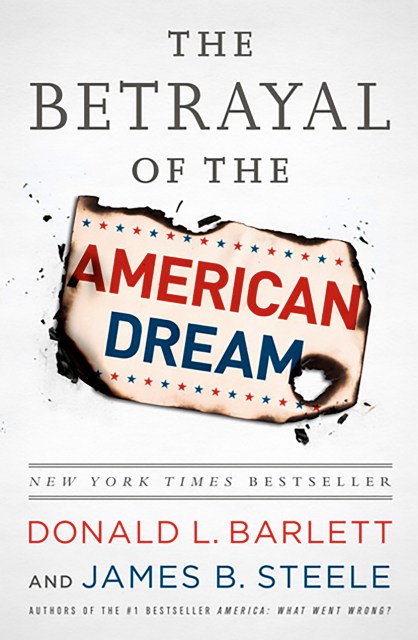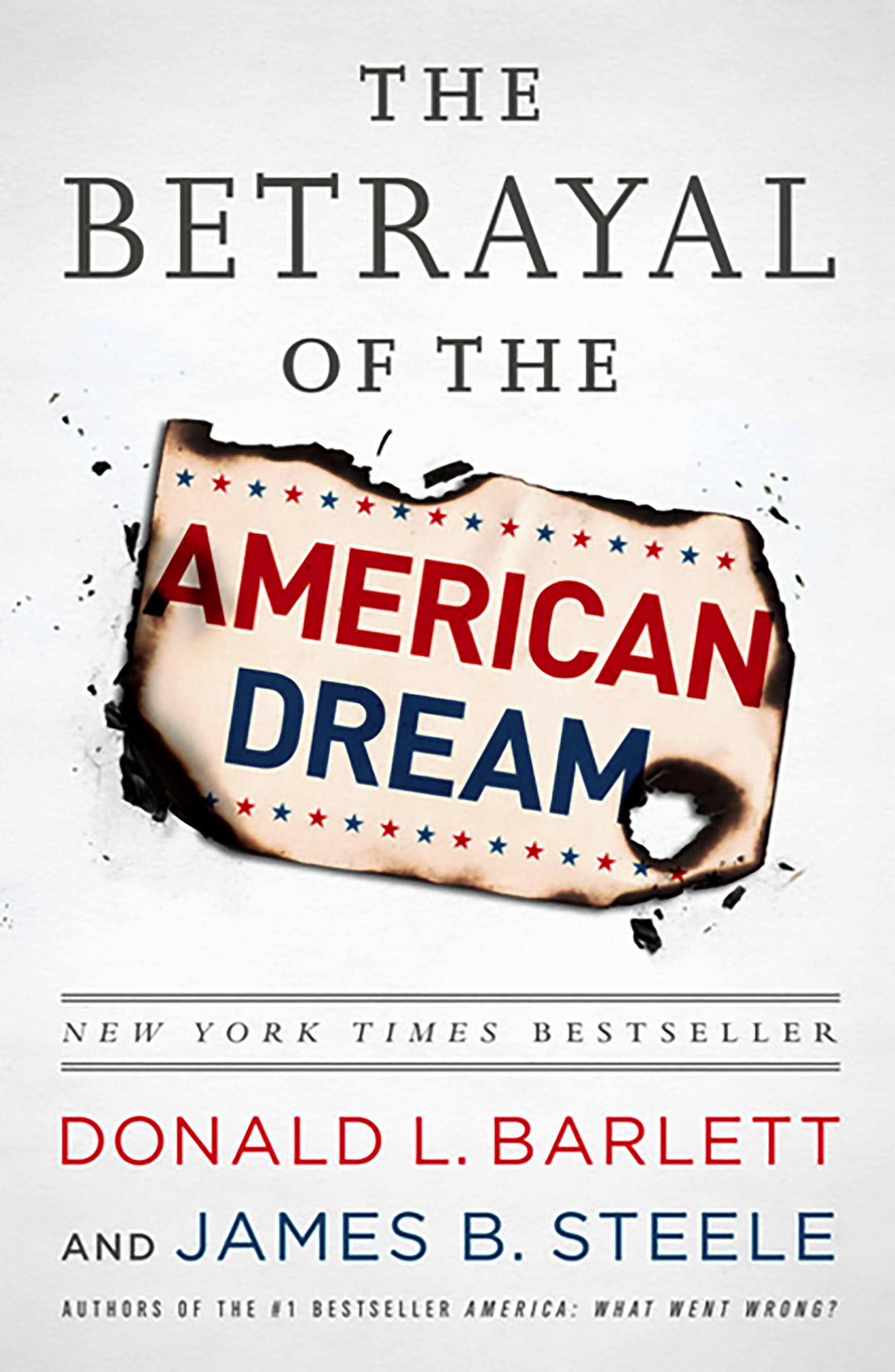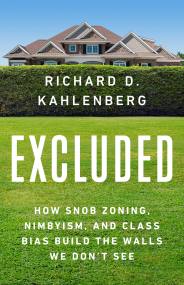Promotion
Use code BEST25 for 25% off storewide. Make sure to order by 11:59am, 12/12 for holiday delivery!
By clicking “Accept,” you agree to the use of cookies and similar technologies on your device as set forth in our Cookie Policy and our Privacy Policy. Please note that certain cookies are essential for this website to function properly and do not require user consent to be deployed.
The Betrayal of the American Dream
Contributors
By James B Steele
Formats and Prices
- On Sale
- Oct 22, 2013
- Page Count
- 336 pages
- Publisher
- PublicAffairs
- ISBN-13
- 9781610393201
Price
$15.99Price
$18.50 CADFormat
Format:
- Trade Paperback $15.99 $18.50 CAD
- ebook $10.99 $13.99 CAD
This item is a preorder. Your payment method will be charged immediately, and the product is expected to ship on or around October 22, 2013. This date is subject to change due to shipping delays beyond our control.
Buy from Other Retailers:
America’s unique prosperity is based on its creation of a middle class. In the twentieth century, that middle class provided the workforce, the educated skills, and the demand that gave life to the world’s greatest consumer economy. It was innovative and dynamic; it eclipsed old imperial systems and colonial archetypes. It gave rise to a dream: that if you worked hard and followed the rules you would prosper in America, and your children would enjoy a better life than yours. The American dream was the lure to gifted immigrants and the birthright opportunity for every American citizen. It is as important a part of the history of the country as the passing of the Bill of Rights, the outcome of the battle of Gettysburg, or the space program. Incredibly, however, for more than thirty years, government and big business in America have conspired to roll back the American dream. What was once accessible to a wide swath of the population is increasingly open only to a privileged few. The story of how the American middle class has been systematically impoverished and its prospects thwarted in favor of a new ruling elite is at the heart of this extraordinarily timely and revealing book, whose devastating findings from two of the finest investigative reporters in the country will leave you astonished and angry.
Newsletter Signup
By clicking ‘Sign Up,’ I acknowledge that I have read and agree to Hachette Book Group’s Privacy Policy and Terms of Use






